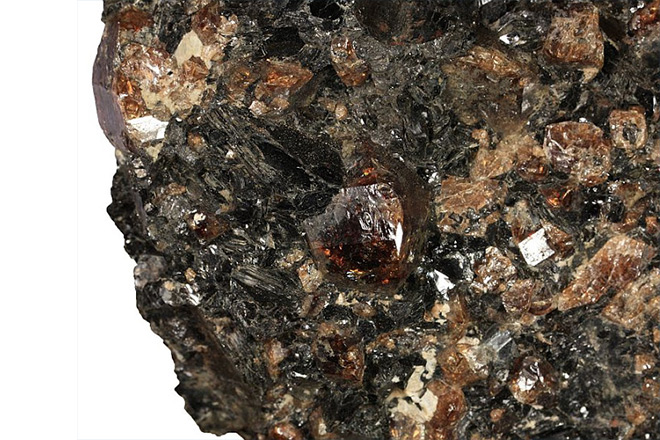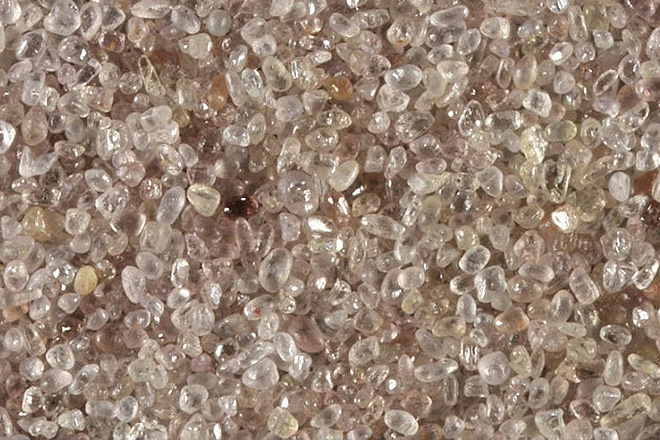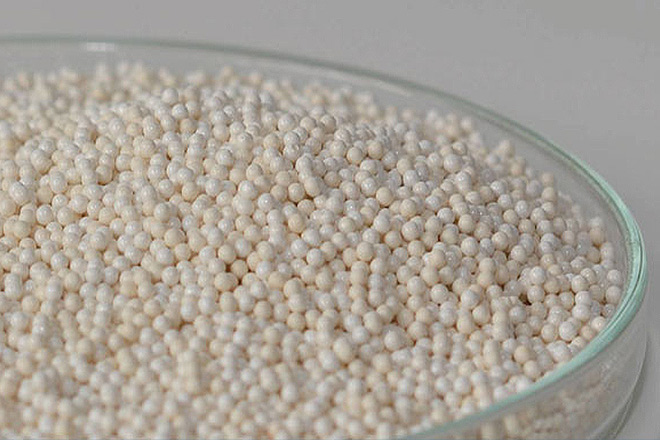Zirconium silicate, also zirconium orthosilicate, (ZrSiO4) is a chemical compound, a silicate of zirconium. It occurs in nature as the zircon, a silicate mineral. Zirconium silicate is also sometimes known as zircon flour.
Zirconium silicate is usually colorless, but impurities induce various colorations. It is insoluble in water, acids, alkali andaqua regia. Hardness is 7.5 on the Mohs scale.
Uses:
Zirconium silicate is used for manufacturing refractory materials for applications where resistance to corrosion by alkalimaterials is required. It is also used in production of some ceramics, enamels, and ceramic glazes. In enamels and glazes it serves as an opacifier. It can be also present in some cements. Another use of zirconium silicate is as beads for milling and grinding. Thin films of zirconium silicate and hafnium silicate produced by chemical vapor deposition, most often MOCVD, can be used as a high-k dielectric as a replacement for silicon dioxide in semiconductors.
Zirconium silicates have also been studied for potential use in medical applications. For example, ZS-9 is a zirconium silicate that was designed specifically to trap potassium ions over other ions throughout the gastrointestinal tract. It is undergoing clinical trials for the treatment of hyperkalemia.
Zirconium disillicate is used in some Dental Crowns because of its hardness and because it is chemically nonreactive.



